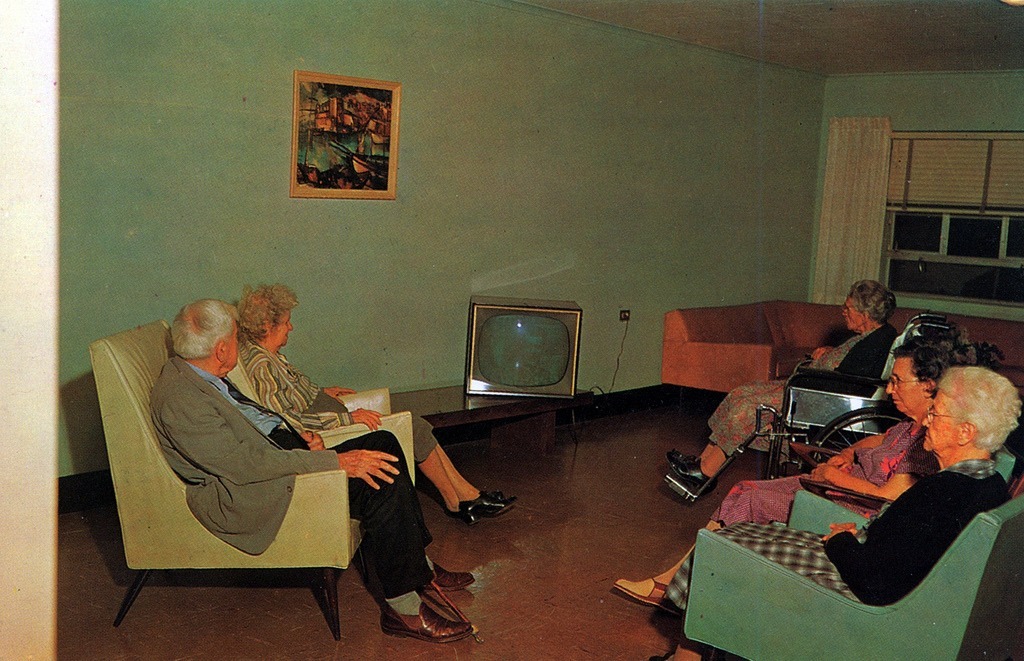Echoing a previous post:
17 APRIL 2019
No News News & Fake News
I’m not linking to any more dumb articles…
 It’s amazing how many data firms are out there. I have no idea why there is such an insatiable appetite for jumbles of numbers, slices of shaded pies, arrays of multi-colored lines going every which way. Abstract art at its most incomprehensible.
It’s amazing how many data firms are out there. I have no idea why there is such an insatiable appetite for jumbles of numbers, slices of shaded pies, arrays of multi-colored lines going every which way. Abstract art at its most incomprehensible.
Marketers specially love all the mystifying razzle-dazzle.
I read an article recently by someone who works at a big data firm. The article made no sense. Or the writer was so blinded by numbers, pies, and lines that it was impossible for this person to think intelligently. Or the proofreader was on vacation. (I’ve found that most proofreaders nowadays are on permanent vacation.)
Let’s take a look at the first few sentences:
Baby boomers are the fastest-growing demographic in the United States…
Fastest growing demographic? Baby Boomers were born from 1946 to 1964. It is not a fast or slow-growing demographic. This person obviously thinks that people get old and magically morph into baby boomers.
In 20 years, the population aged 55 and over will account for almost one-third of the U.S. population.
Well, that’s fascinating. But why the above sentence is in the paragraph and why it’s relevant to the article eludes me. Especially when followed by:
Unlike millennials, who are often burdened by student debt and the costs of supporting growing families, boomers have expendable income for in-store and online purchases.
I have no idea what any of the above means, or is trying to mean. Random facts and arbitrary time-frames are haphazardly commingled with jargon-laden gibberish.
Here are the facts:
Today, all baby boomers are over fifty-five years old. If you were born in 1964, you are fifty-five, fifty-six. Millennials were born between 1981 and 1996 (some sociology experts and demographic outfits assign slightly different years).
In twenty years, all of Gen X and even a handful of Millennials will be 55+.
What the hell does “unlike millennials” have to do with anything?
… After rereading this post, I’m even more confused. It’s difficult to unpack nonsense because unpacking nonsense often makes nonsense more nonsensical, if that makes any sense.
All I know is this: If I get any older, I’ll automatically become a member of the Silent Generation, and if I get really old, I’ll all of a sudden become a member of the WWII generation.
And if I live to be two-hundred and fifty, I’ll automatically become a Founding Father.

 03 December 2018
03 December 2018 6 Senior Living Providers to Watch in 2020
6 Senior Living Providers to Watch in 2020 Boomer thinker and marketing maven
Boomer thinker and marketing maven  Some Baby Boomer sociology experts predict that semi-retirement
and retirement communities will naturally develop personalities based
on shared interests.These could be gardening, motorcycles, vegetarianism, the arts, even a community where the shared interest might be
financial speculation.
Some Baby Boomer sociology experts predict that semi-retirement
and retirement communities will naturally develop personalities based
on shared interests.These could be gardening, motorcycles, vegetarianism, the arts, even a community where the shared interest might be
financial speculation.